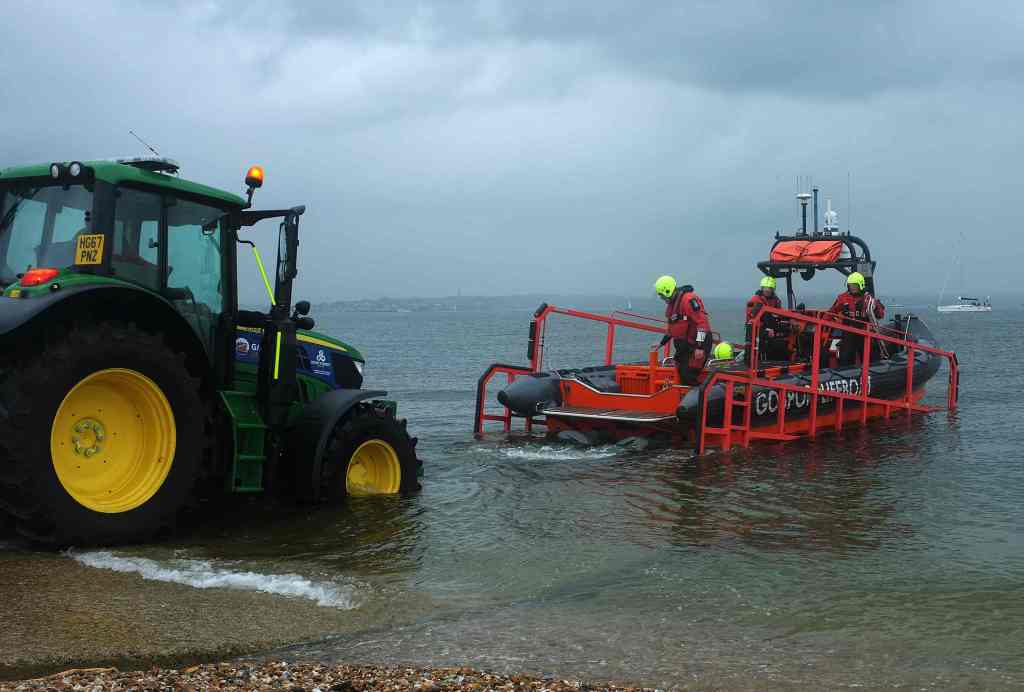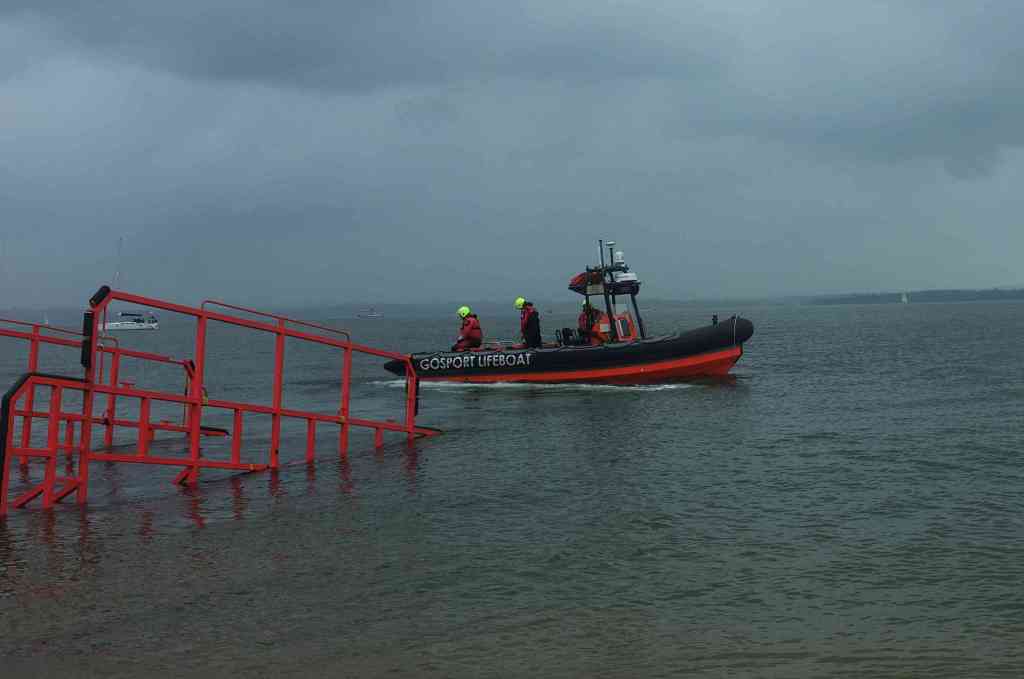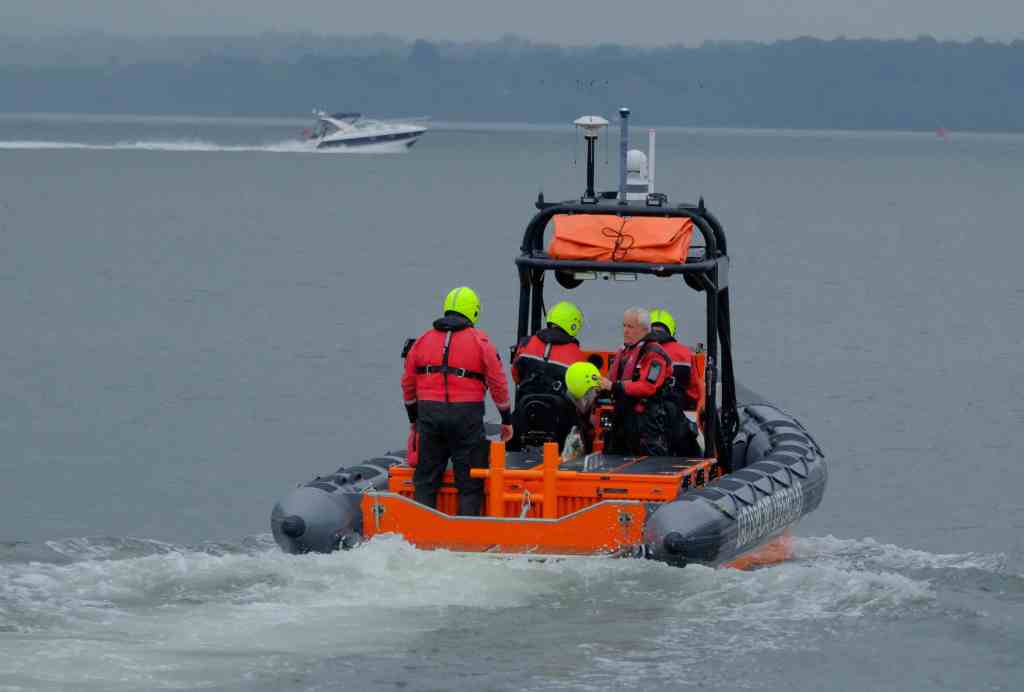Tetragnatha Montana is a species of long-jawed orb weaver spiders commonly known as the silver stretch spider. These spiders have a habit of extending their front legs into a stick like shape

Tetragnatha Montana is a species of long-jawed orb weaver spiders commonly known as the silver stretch spider. These spiders have a habit of extending their front legs into a stick like shape

Wordless Wednesday.

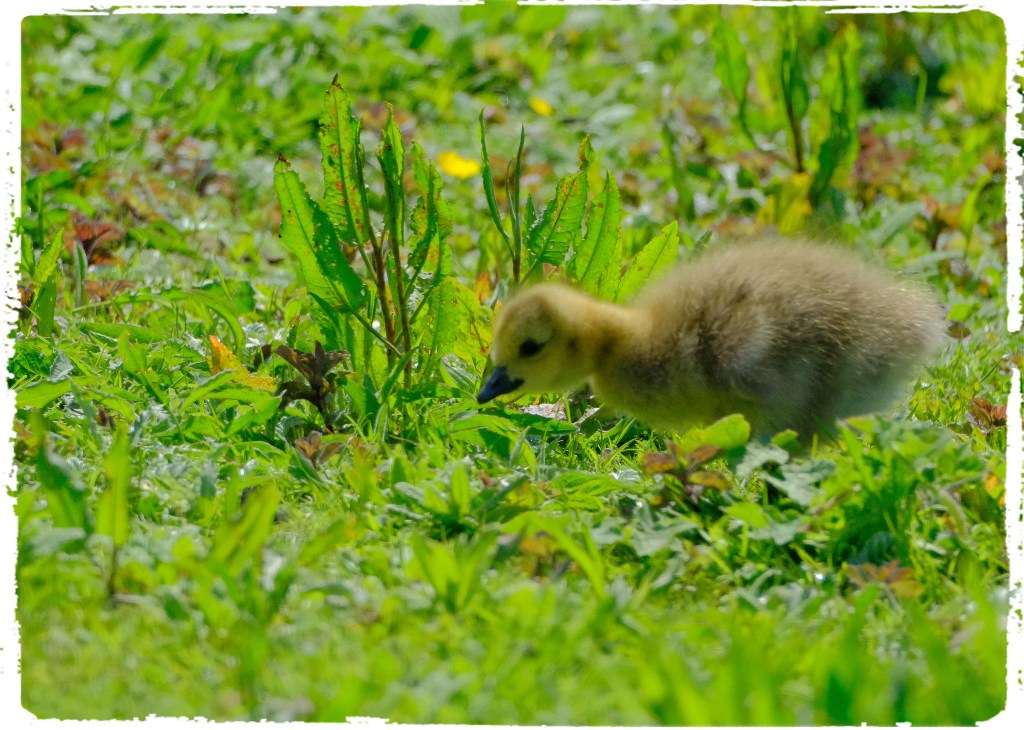

Now the sun is out Dragonflies and Damselflies are starting to fly.
Four-Spotted Chaser.


Four-Spotted Chaser. This Dragonfly has emerged deformed and missing one wing.

The Chaser below is deformed and missing 1 wing.

Azure Damselfly pair mating.

Hairy Dragonfly.


Banded Demoiselle.

Back home after our campervan trip to Wales and a day in the New Forest. Looking in a wet area for some small creatures.


Water Skimmer.


Raft Spiders.

This one is hunting on a Milkmaid flower.


Distant Fallow Deer – young bucks.

Minotaur Beetle – Typhaeus Typhoeus {size of my thump nail}.

I have to get down low for these creatures.

Raven – taking off with lunch.
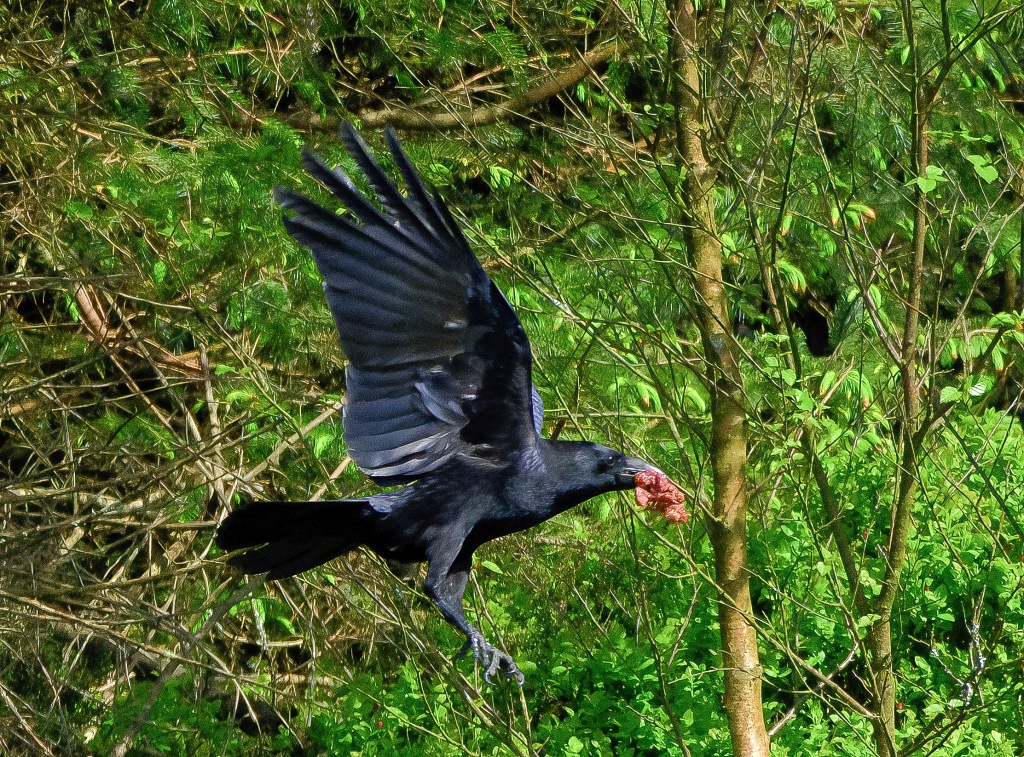
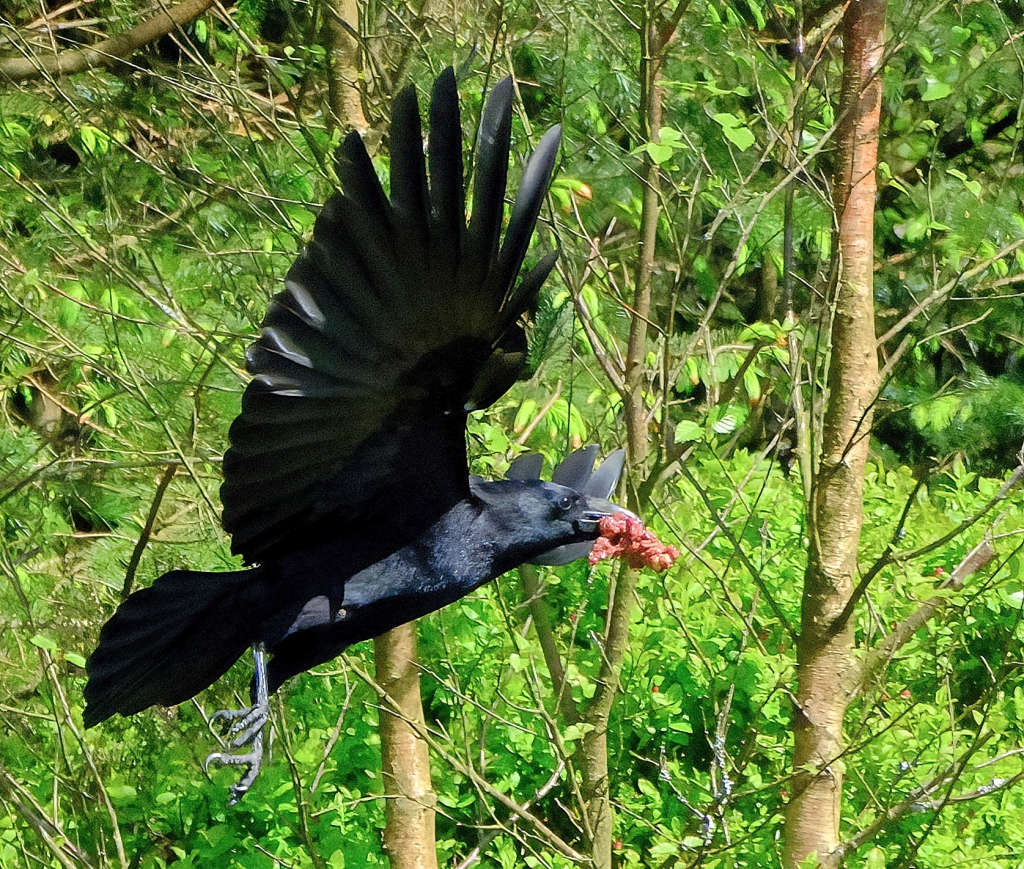
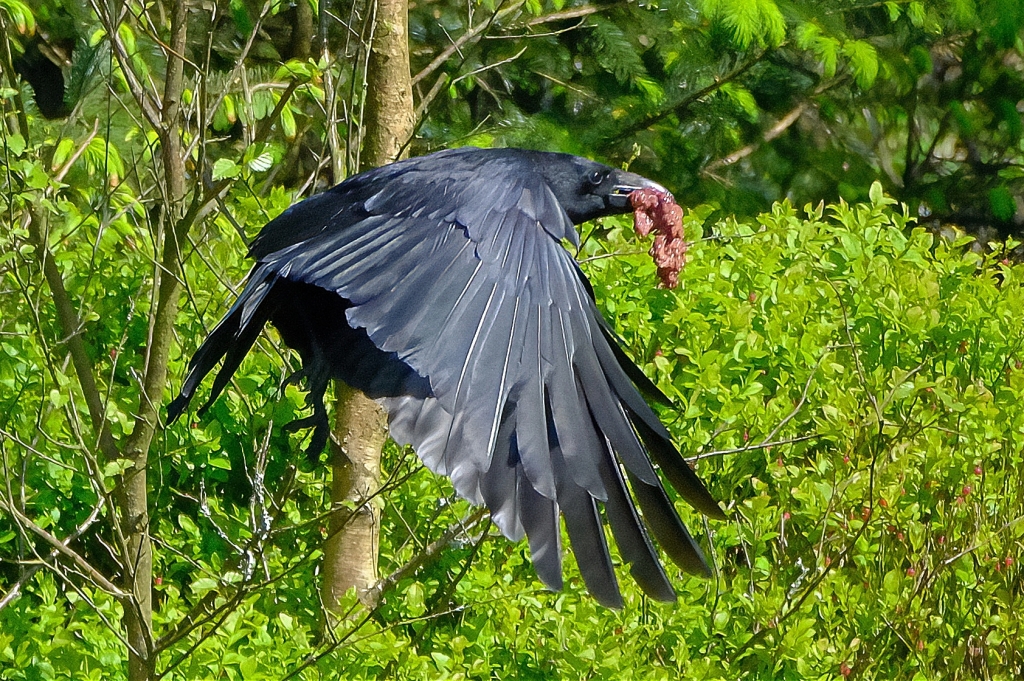
A Grey Heron enjoying the opposite side of a lake where I had sat down to wait for the Red Kites to arrive.

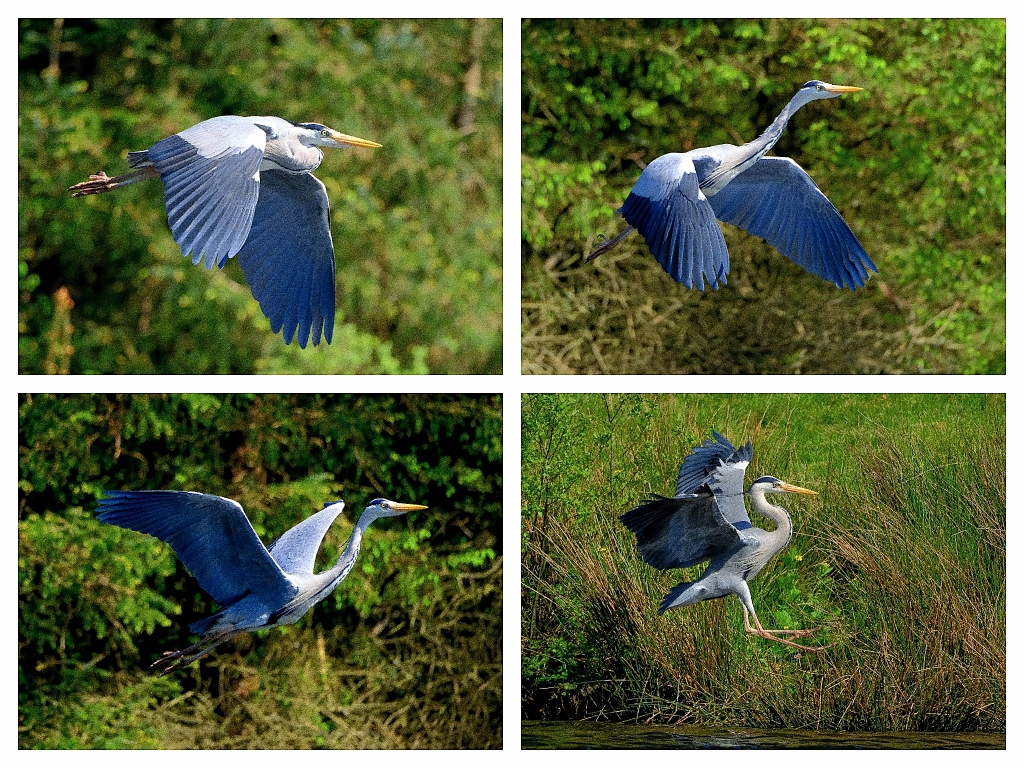


Guinea fowls are often seen roaming the plains of Africa and picking at the ground for food. These were seen in Salisbury Plain around some farm buildings. They resemble turkeys and pheasants. They are not wild birds here in the UK.
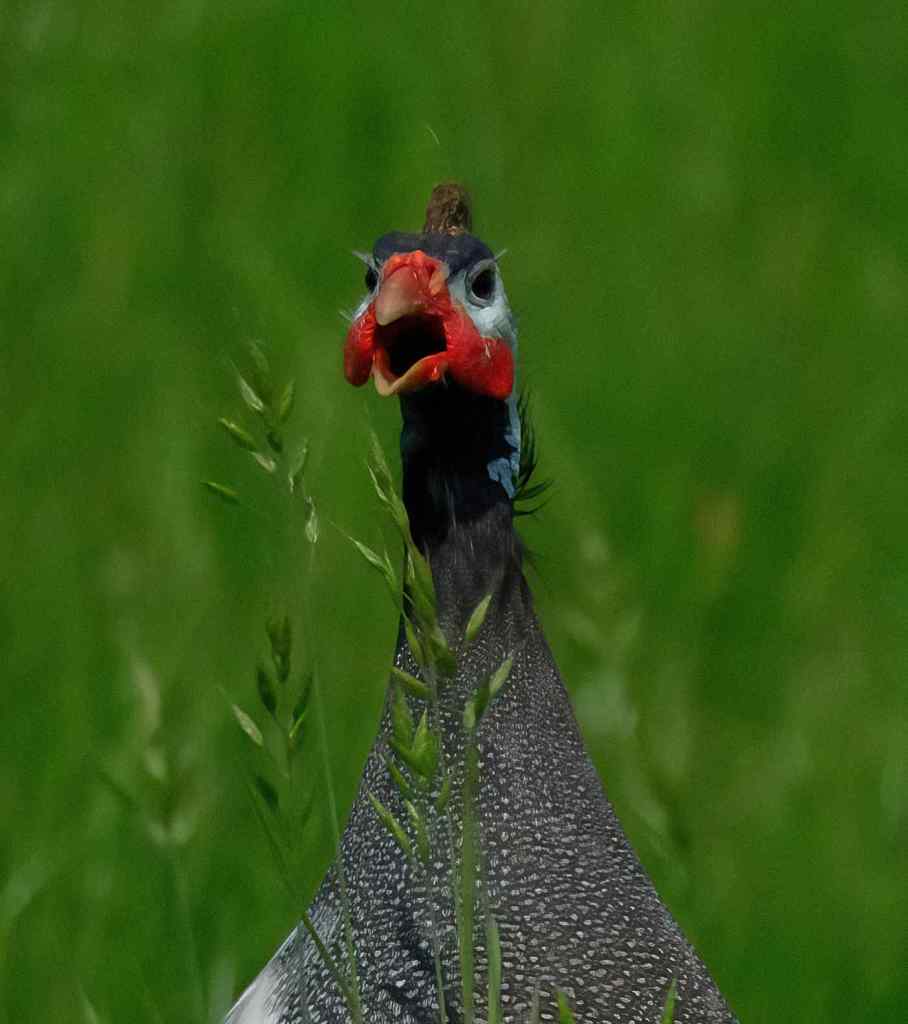

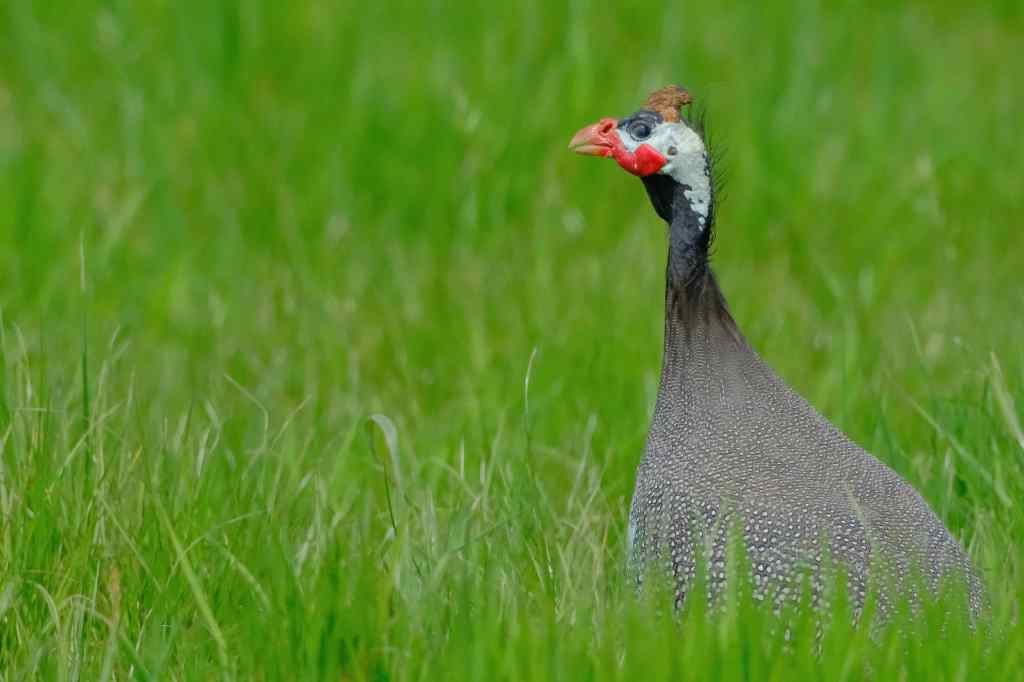



By the early 20th Century due to persecution numbers of Red Kites’ were reduced to just a handful confined to the uplands of mid-Wales. When I was a teenager there were said to be about 25 pairs. With conservation work, their numbers started to build in the 1980’s. Today they are seen as a conservation success. The RSPB website gives the numbers in the UK of 4600 breeding pairs. I have even seen this beautiful bird over the outskirts of Southampton
In Mid Wales there are several Red Kite feeding stations We visited one while away this week.
This post is photo heavy !

wingspan: 155-180 cm Length: 60-65 cm Weight: 750-1,300 g






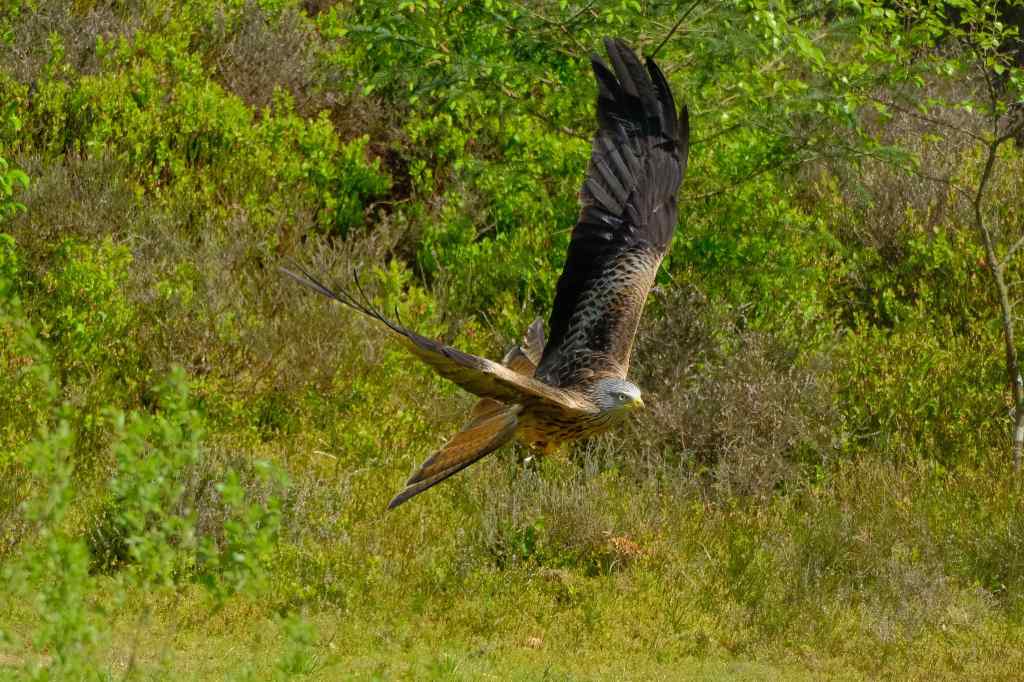
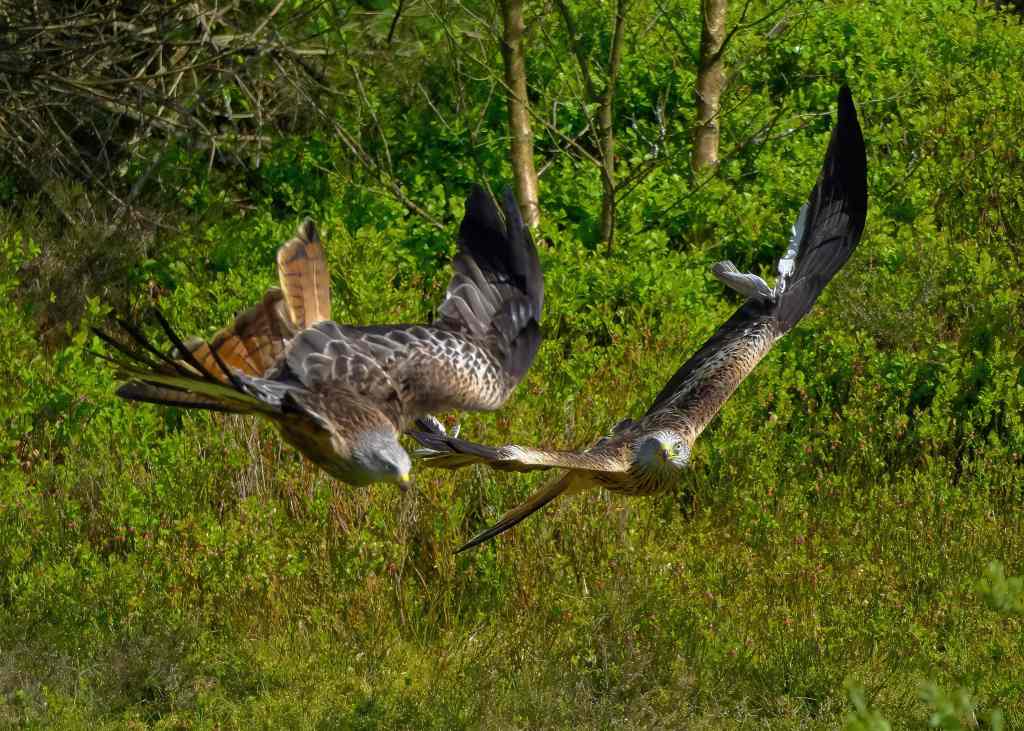
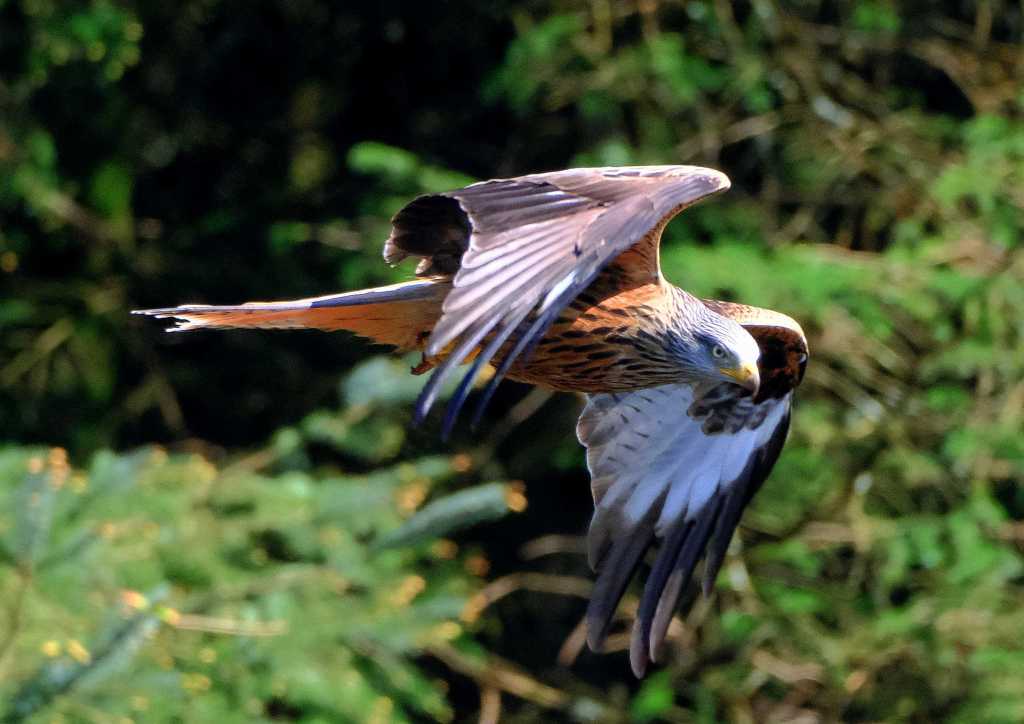

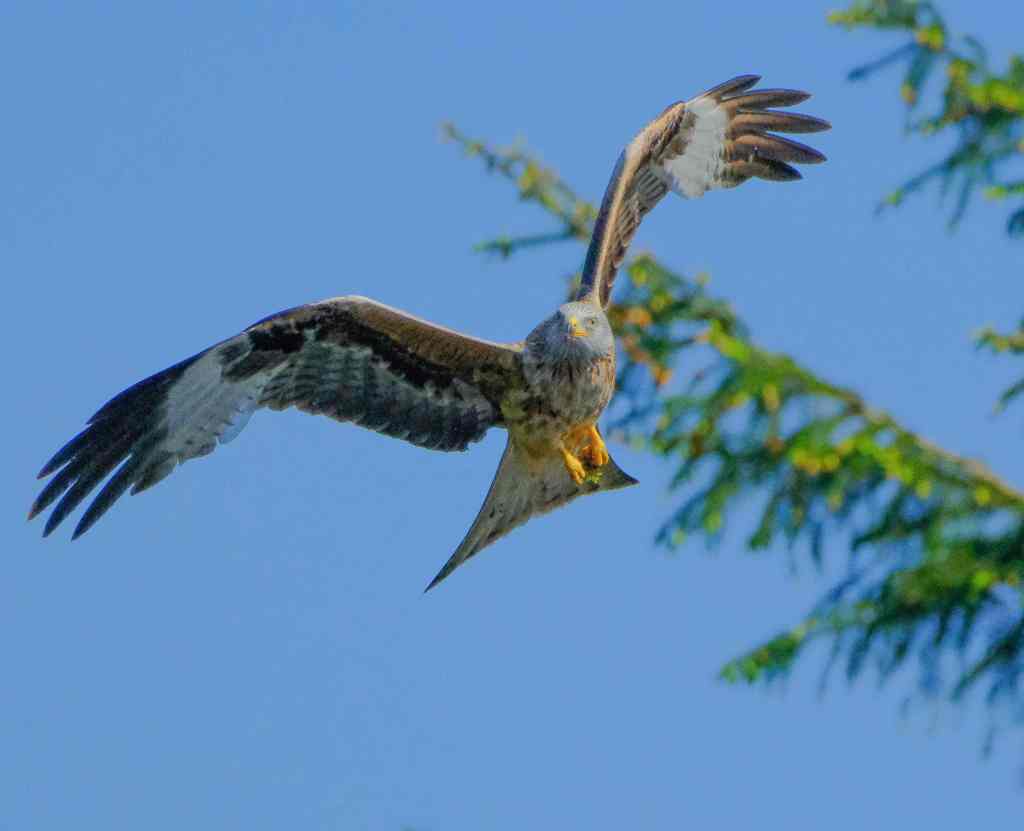
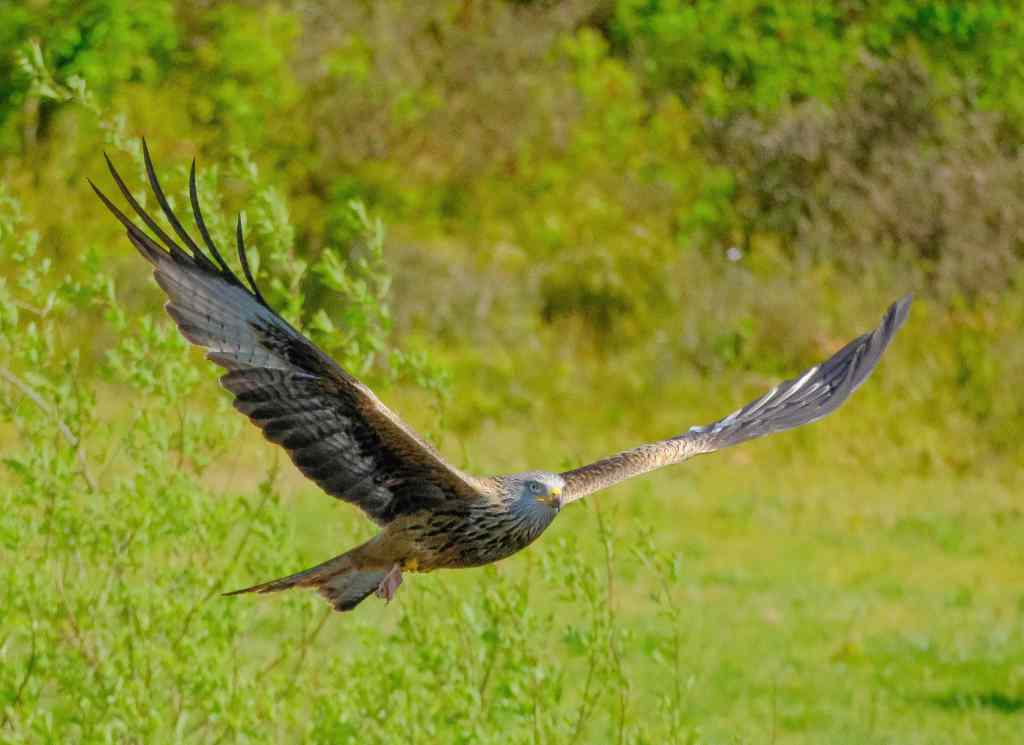

This Heron thought he would steal some of the Kites’ food!
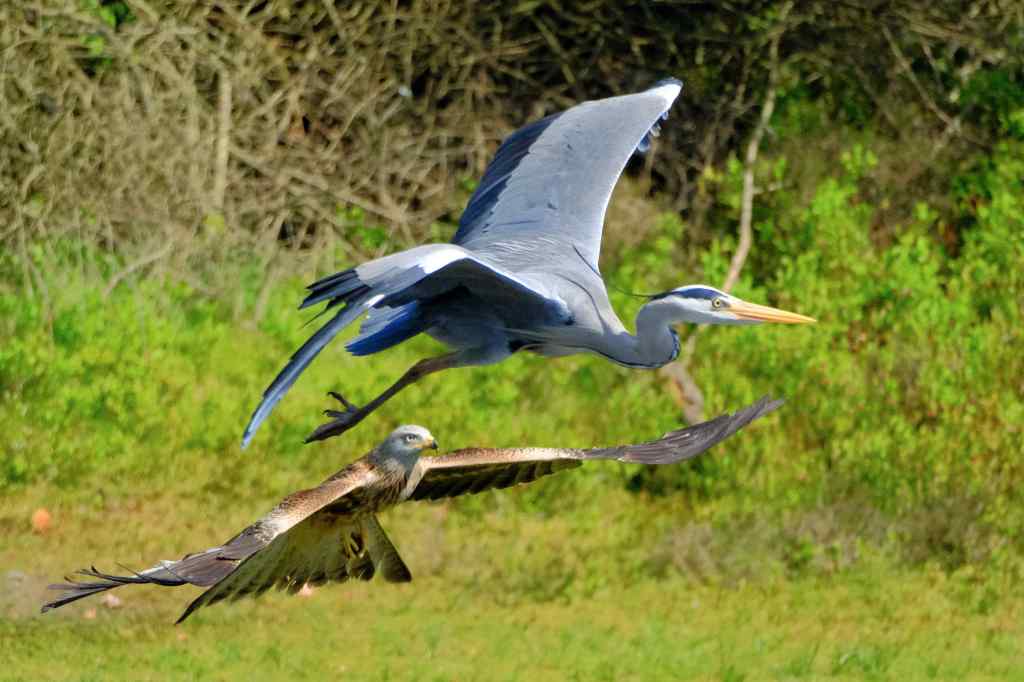
The Cwmystwyth Mines site has extensive remains of lead and other non-ferrous metal mines. The site was first mentioned in 1535, although much earlier workings were known to have existed. Today even on a sunny day the site looks dark and dead. On much of the site little grows due to the contamination of the soil.
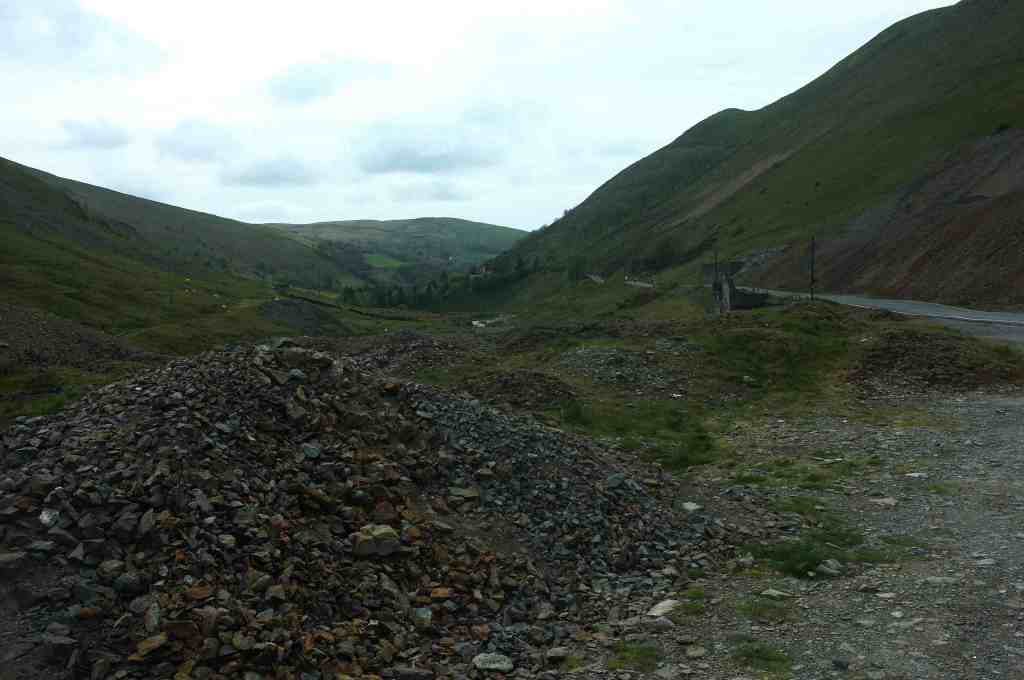
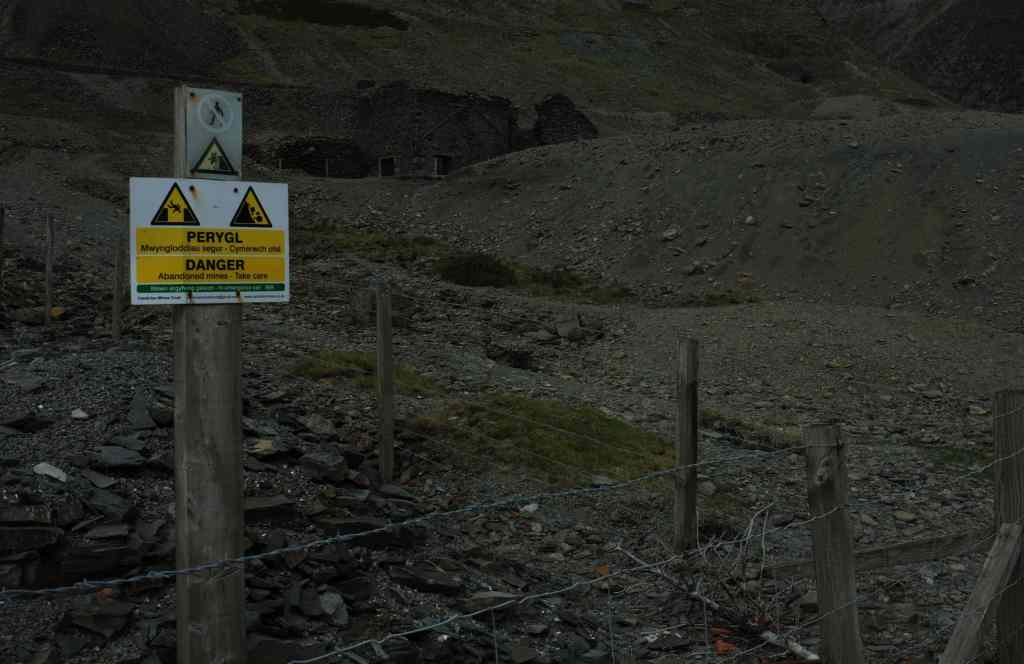

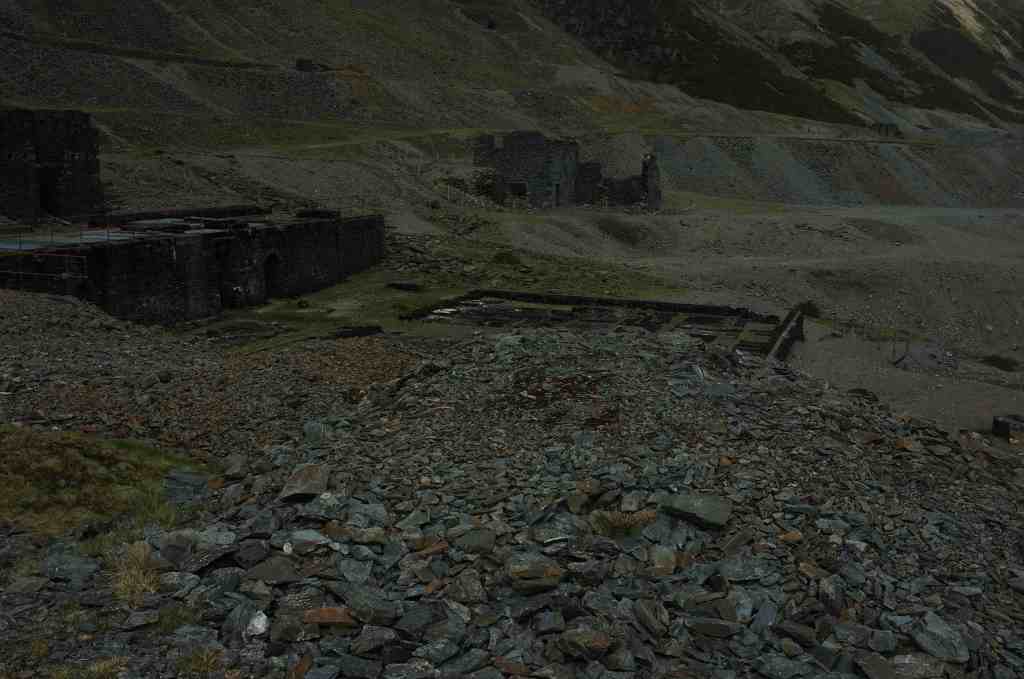



A few hour’s walk out to Gilkicker Fort on this wet morning and a stop to take a look at Gosport and Fareham Inshore Rescue Service.
Gosport Lifeboat Station is a volunteer-operated independent lifeboat station located near the Gilkicker peninsula at Gosport – it operates lifeboat services in the Solent from Portsmouth Harbour to Titchfield Haven. There are 235 Royal National Lifeboat Institution (RNLI) lifeboat stations around the United Kingdom, and there are 65 lifeboat stations which are not owned or managed by the RNLI, GAFIRS is one of these. Like the RNLI, All Lifeboat services work with HM Coastguard their equipment, training, and procedures comply with the Maritime and Coastguard Agency’s Rescue Boat Code of Practice.




